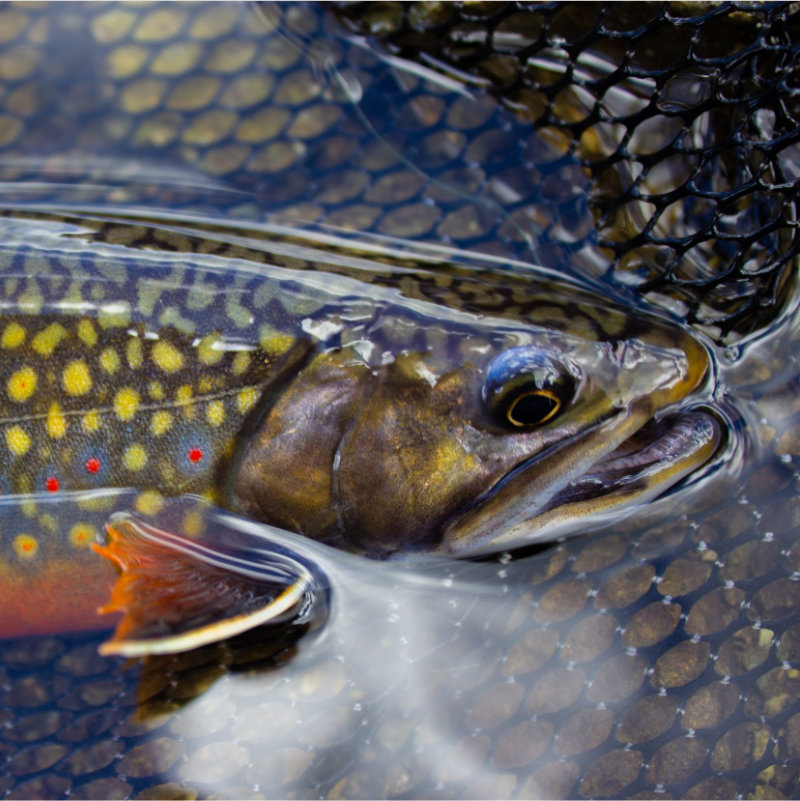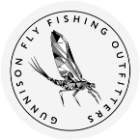BROOK
TROUT
Colorado Brook Trout: A Vivid Visitor
Brook trout are not native to Colorado and were instead introduced to the Centennial State from their native range in eastern North America in 1872. Since then, brook trout have become prevalent in many of Colorado’s rivers, streams, and lakes, particularly at higher elevations. Brook trout are considered to be one of the most beautiful trout species. They often have bright red bellies and red, white-tipped fins, dark green bodies that are speckled with purple and yellow spots, and a white underbelly. They are truly a sight to see, especially in the fall when the colors on their bodies become much more vibrant. Brook trout are, however, considered an invasive species in Colorado, because they compete for food and habitat with native cutthroat trout. Keep reading this page to learn more about brook trout in Colorado.
The Life Span, Average Size, and Habitat of Brook Trout
Brook trout are often smaller than other species of trout; the average brook trout caught by anglers in Colorado will be between 4 and 10 inches, with fish over 12 inches rare. Yet, anglers continue to catch brook trout over 16 inches in length every year, and in 2022, the Colorado state record brook trout was caught, measuring a whopping 26 inches and weighing over 7 pounds! Like brown and lake trout, brook trout spawn in the fall, typically between September and November, although the specific timing depends on the waterway. Like other trout species, brook trout spawn in shallow and well-oxygenated water. Female brook trout will beat their tails against the stream bottom to create a gravel bed known as a redd to lay eggs on, which male brookies will fertilize. These eggs will take around 2-3 months to hatch, and after that, brook trout can grow up to 5 inches per year, and typically live between 2-3 years, and sometimes up to 6.
In Colorado, brook trout can often be found, as their name suggests, in brooks. While they can be found at lower elevations and around the front range, brook trout are abundant in high alpine streams and lakes. While cutthroat trout often inhabit very high alpine lakes, brook trout can typically be found in mid-alpine lakes a little bit below treeline. At these elevations, brookies usually do not grow larger than 8 inches in length, but each stream or lake can hold a very high number of fish. When conditions are right, anglers can often catch double-digit brook trout in a single day, especially because brookies are known to be non-selective feeders. Often, a simple dry fly like a caddis or a beetle can produce a rise from a brook trout on nearly every cast! Many anglers in Colorado love to target brook trout on light-weight fly rods like a 2- or a 3-weight, which makes even small fish exhilarating to fight!
Conservation efforts are underway in Colorado to manage brook trout populations and the threat they pose to native cutthroat trout habitats. Anglers are allowed to keep up to 10 brook trout per day, which is in addition to the limit of 4 for other trout species. Anglers who are looking for trout to eat are often advised to keep brook trout due to their abundance, their invasive status, and the fact that they taste better than other trout species.
Wherever you find brook trout in Colorado, you are bound to enjoy fishing for a beautiful species in beautiful settings!

